Reunification Palace
The Reunification Palace is an important site of political and cultural significance, built by the French in 1868 to mark the newly established colony of Indochina. In 1945, it briefly became the headquarters for the Japanese after their defeat of the French. In 1962, two Vietnamese rebel pilots bombed the palace – the president survived but the palace did not. He commissioned a new one to be built. It was renamed Independence Palace and the design became a Modernist icon. In 1975 the palace was the symbolic site of the triumphant liberation of Saigon. Vietnam was then reunified; since then the building has been known as Reunification Palace. Today it is a working government building as well as having areas open to the public. Tour the private quarters, the president’s former office and the War Command Room. You get a real sense of what happened here and its importance in Vietnamese history.
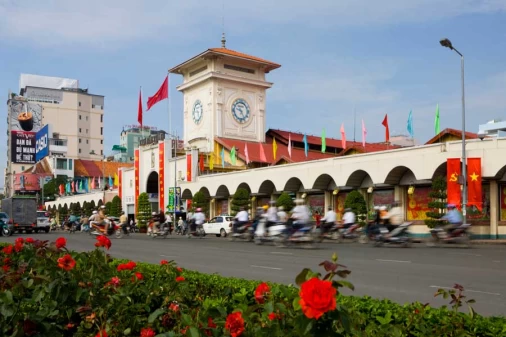
Ben Thanh market
If Dong Xuan Market is a cultural feature of Hanoi, Ben Thanh Market is one of the characteristics of...
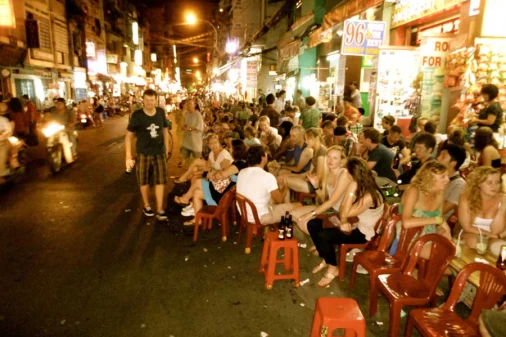
Bui Vien Street
Bui Vien grew out of the post-war stagnation by offering accommodations to those new global travelers...
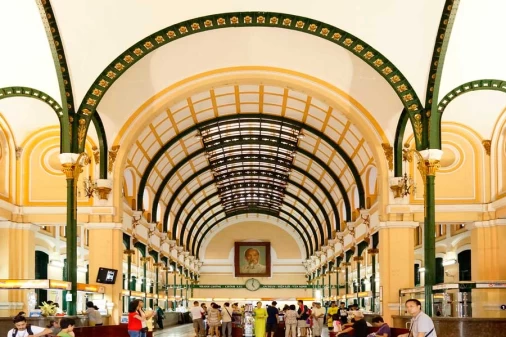
Central Post Office
Situated at No. 2, the Paris Commune Street, District 1, Saigon Central Post Office is one of the most...
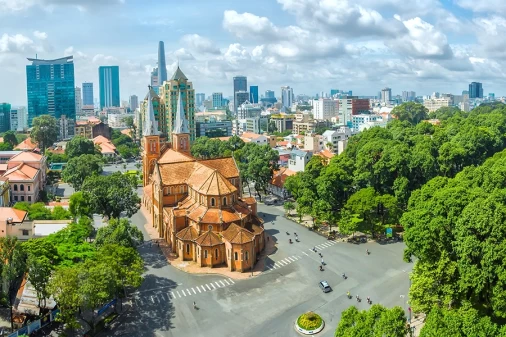
Cholon – China Town
The history of China and Vietnam is very closely linked, the presence of Chinese people in Vietnam has...
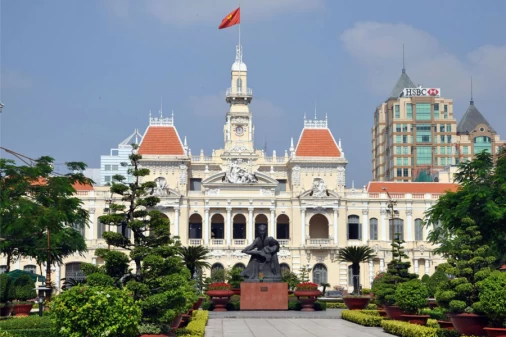
Ho Chi Minh City Hall
City Hall, or Ho Chi Minh City People’s Committee is located on an area of 15 hectares, at 135 Nam Ky...
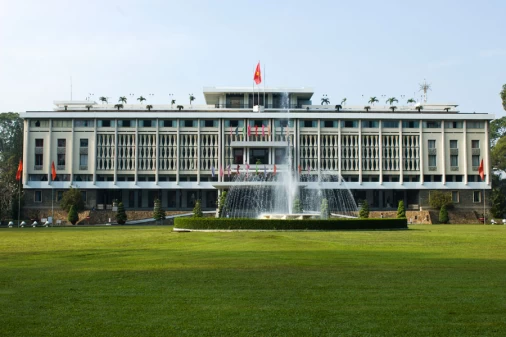
Independence Palace
The Independence Palace is a symbol of victory, peace and territorial integrity of Vietnam. Thanks to...
You may also like
Ho Chi Minh Essentials
- Depart Time:Daily
- Starts/Ends:Ho Chi Minh/Ho Chi Minh
- Tour type:Private Tours
- Age range:1 To 90 Years
- Operated in:English, French, Spanish, German, Italian
Discover Vietnam’s Southern 6 Days
- Depart Time:Daily
- Starts/Ends:Ho Chi Minh/Ho Chi Minh
- Tour type:Private Tours
- Age range:1 To 90 Years
- Operated in:English, French, Spanish, German, Italian
Unique Mekong Delta Tour 5 Days
- Depart Time:Daily
- Starts/Ends:Ho Chi Minh/Ho Chi Minh
- Tour type:Private Tours
- Travel Style:Nature & Adventure, Family Tours, Culinary Tours
- Activities:Local culture tours
- Suitable for:Family, Group, Couple
- Operated in:English, French, Spanish, German, Italian
 France
France  Spain
Spain  German
German  Italian
Italian 




 Vietnam Tours
Vietnam Tours  Cambodia Tours
Cambodia Tours  Myanmar tours
Myanmar tours  Thailand Tours
Thailand Tours  Laos Tours
Laos Tours